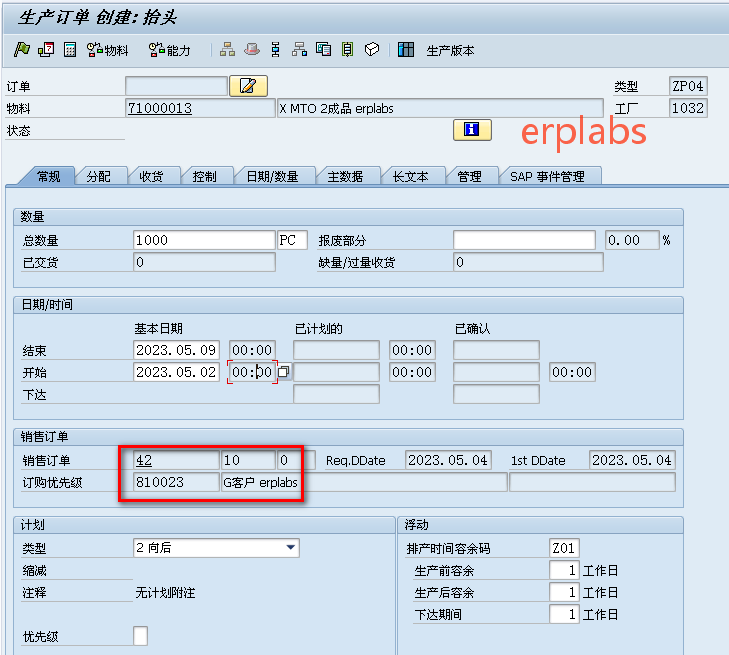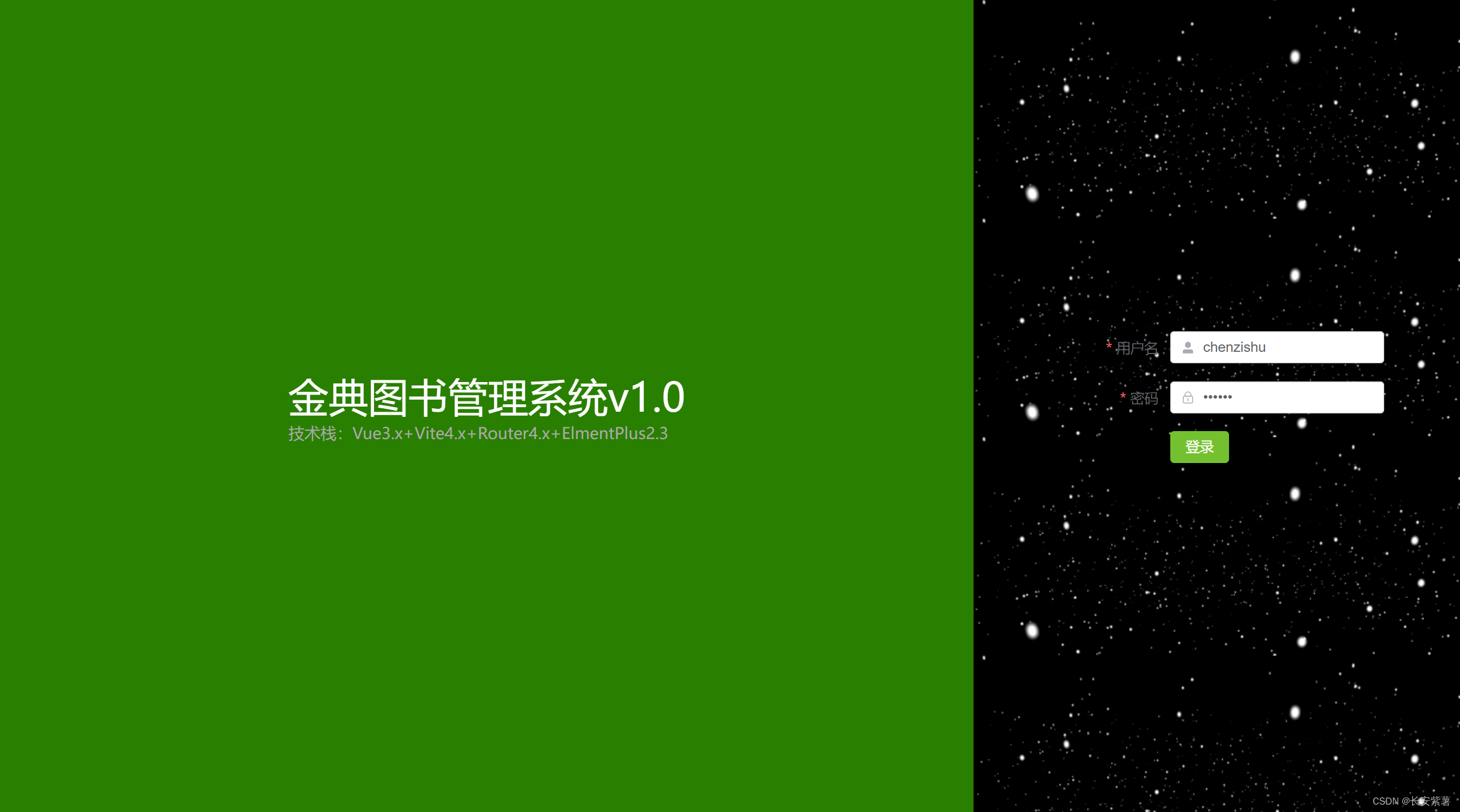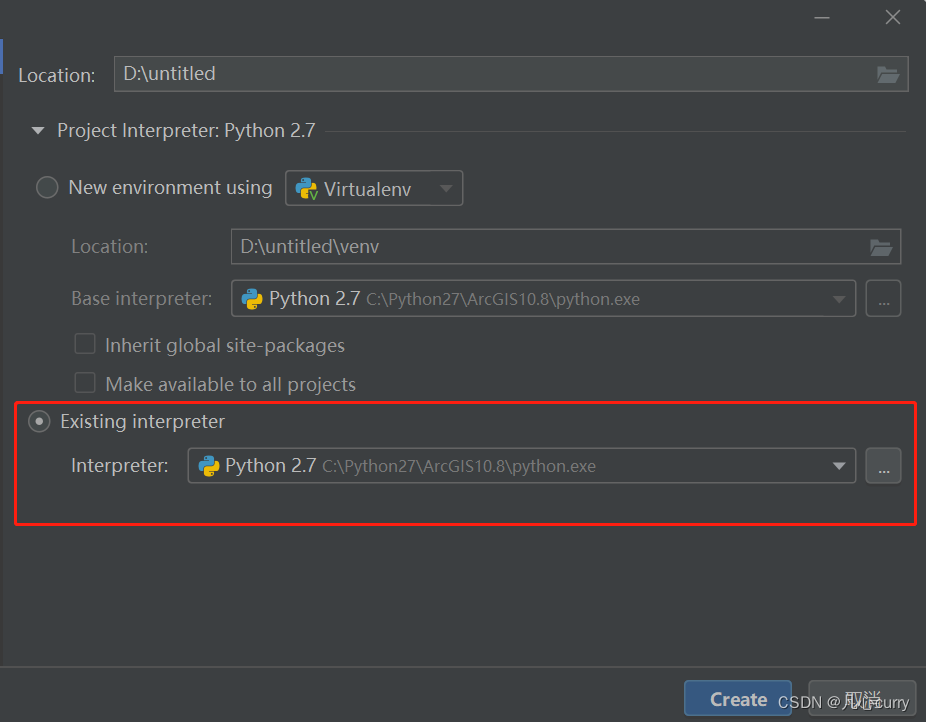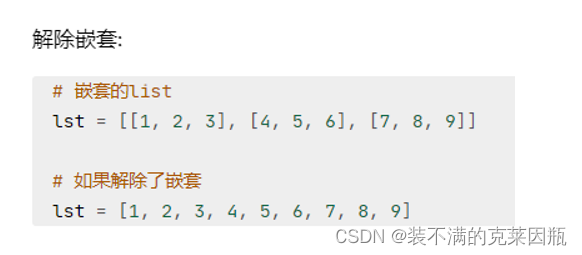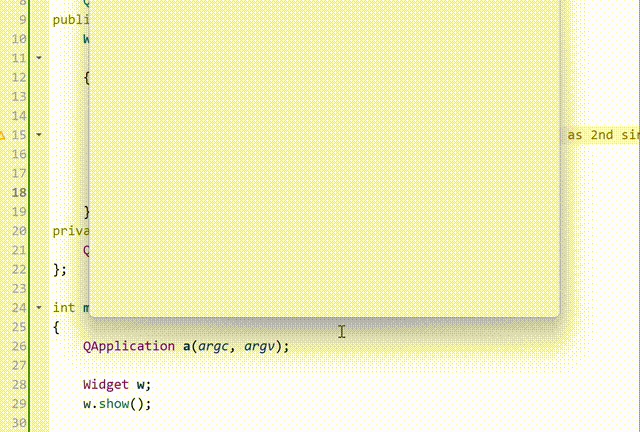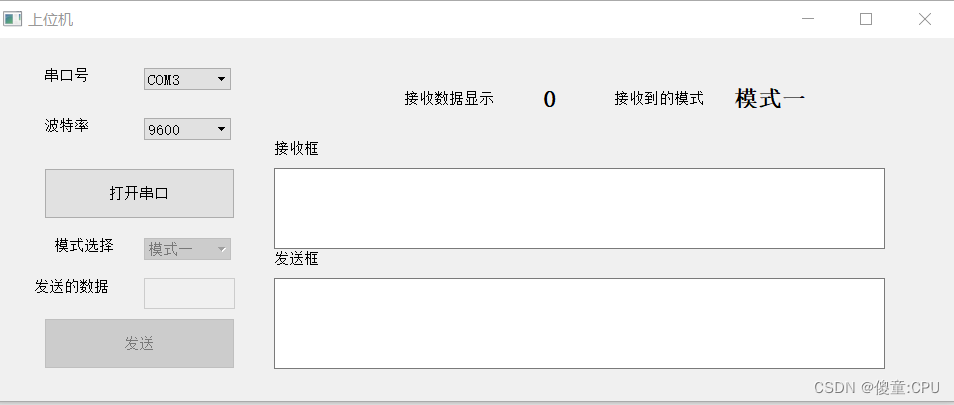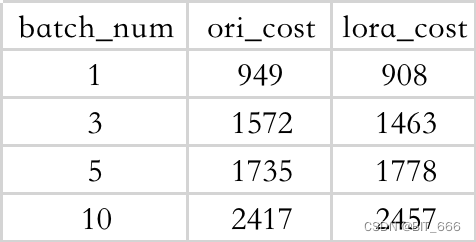
💗wei_shuo的个人主页
💫wei_shuo的学习社区
🌐Hello World !
Redis事务操作
Redis事务是一组命令的集合,这些命令会作为一个整体被执行,要么全部执行成功,要么全部执行失败;Redis事务通过MULTI、EXEC、DISCARD和WATCH四个命令来实现
MULTI:开启一个新的事务
EXEC:提交事务
DISCARD:取消事务
WATCH:监控一个或多个键,当这些键被其他客户端修改时,当前事务会被中断
Redis乐观锁
乐观锁是一种并发控制机制,它假设冲突的概率比较小,因此不会在访问共享资源时加锁,而是在更新时检查数据是否被其他进程修改过
Redis悲观锁
悲观锁是指在对共享资源进行操作时,认为其他线程或进程会对该资源进行修改,因此在操作前先加锁,以防止其他线程或进程的干扰
Jedis
Jedis是一个Java语言编写的Redis客户端库,用于在Java应用程序中连接和操作Redis数据库;Jedis库是开源的,可以通过Maven或Gradle等构建工具进行引入和使用
<dependency>
<groupId>com.github.luues.boot</groupId>
<artifactId>spring-boot-starter-jedis</artifactId>
<version>1.0.3.5.RELEASE</version>
</dependency>
Springboot集成Redis
- 依赖导入
<dependency> <groupId>org.springframework.boot</groupId> <artifactId>spring-boot-starter-data-redis</artifactId> </dependency>
- application.properties
#配置Redis spring.redis.host=127.0.0.1 spring.redis.port=6379
- 测试
package com.wei; import org.junit.jupiter.api.Test; import org.springframework.beans.factory.annotation.Autowired; import org.springframework.boot.test.context.SpringBootTest; import org.springframework.data.redis.connection.RedisConnection; import org.springframework.data.redis.core.RedisTemplate; @SpringBootTest class SpringbootRedisApplicationTests { @Autowired(required = false) private RedisTemplate redisTemplate; @Test void contextLoads() { /** * RedisTemplate 操作不同是数据类型 * opsForValue 操作String * opsForList 操作List * opsForHash 操作Hash * …… */ /** * 操作数据库连接 * redisTemplate.getConnectionFactory().getConnection(); */ RedisConnection connection = redisTemplate.getConnectionFactory().getConnection(); /* connection.flushDb(); 用于刷新查询缓存和结果集合,以提高查询性能 connection.flushAll(); 用于刷新整个数据库,包括所有的表、视图、存储过程和触发器等 */ connection.flushDb(); connection.flushAll(); } }package com.wei; import org.junit.jupiter.api.Test; import org.springframework.beans.factory.annotation.Autowired; import org.springframework.boot.test.context.SpringBootTest; import org.springframework.data.redis.connection.RedisConnection; import org.springframework.data.redis.core.RedisTemplate; @SpringBootTest class SpringbootRedisApplicationTests { @Autowired(required = false) private RedisTemplate redisTemplate; @Test void contextLoads() { /** * RedisTemplate 操作不同是数据类型 * opsForValue 操作String * opsForList 操作List * opsForHash 操作Hash * …… */ redisTemplate.opsForValue().set("mykey","weishuo"); System.out.println(redisTemplate.opsForValue().get("mykey")); } }
源码
- RedisAutoConfiguration.java
package org.springframework.boot.autoconfigure.data.redis; import org.springframework.boot.autoconfigure.AutoConfiguration; import org.springframework.boot.autoconfigure.condition.ConditionalOnClass; import org.springframework.boot.autoconfigure.condition.ConditionalOnMissingBean; import org.springframework.boot.autoconfigure.condition.ConditionalOnSingleCandidate; import org.springframework.boot.context.properties.EnableConfigurationProperties; import org.springframework.context.annotation.Bean; import org.springframework.context.annotation.Import; import org.springframework.data.redis.connection.RedisConnectionFactory; import org.springframework.data.redis.core.RedisOperations; import org.springframework.data.redis.core.RedisTemplate; import org.springframework.data.redis.core.StringRedisTemplate; @AutoConfiguration @ConditionalOnClass({RedisOperations.class}) @EnableConfigurationProperties({RedisProperties.class}) @Import({LettuceConnectionConfiguration.class, JedisConnectionConfiguration.class}) public class RedisAutoConfiguration { public RedisAutoConfiguration() { } @Bean @ConditionalOnMissingBean( name = {"redisTemplate"} ) @ConditionalOnSingleCandidate(RedisConnectionFactory.class) public RedisTemplate<Object, Object> redisTemplate(RedisConnectionFactory redisConnectionFactory) { RedisTemplate<Object, Object> template = new RedisTemplate(); template.setConnectionFactory(redisConnectionFactory); return template; } @Bean @ConditionalOnMissingBean @ConditionalOnSingleCandidate(RedisConnectionFactory.class) public StringRedisTemplate stringRedisTemplate(RedisConnectionFactory redisConnectionFactory) { return new StringRedisTemplate(redisConnectionFactory); } }
- RedisProperties.java
public class RedisProperties { private int database = 0; private String url; private String host = "localhost"; private String username; private String password; private int port = 6379; private boolean ssl; private Duration timeout; private Duration connectTimeout; private String clientName; private RedisProperties.ClientType clientType; private RedisProperties.Sentinel sentinel; private RedisProperties.Cluster cluster; private final RedisProperties.Jedis jedis = new RedisProperties.Jedis(); private final RedisProperties.Lettuce lettuce = new RedisProperties.Lettuce(); …… }
自定义配置类
- config/RedisConfig.java
package com.wei.config; import com.fasterxml.jackson.annotation.JsonAutoDetect; import com.fasterxml.jackson.annotation.PropertyAccessor; import com.fasterxml.jackson.databind.ObjectMapper; import org.springframework.context.annotation.Bean; import org.springframework.context.annotation.Configuration; import org.springframework.data.redis.connection.RedisConnectionFactory; import org.springframework.data.redis.core.RedisTemplate; import org.springframework.data.redis.serializer.Jackson2JsonRedisSerializer; import org.springframework.data.redis.serializer.StringRedisSerializer; import java.net.UnknownHostException; @Configuration @SuppressWarnings("all") //镇压所有警告 public class RedisConfig { @Bean public RedisTemplate<String, Object> redisTemplate(RedisConnectionFactory redisConnectionFactory) throws UnknownHostException { // 默认的连接配置,和源码保持一致即可 RedisTemplate<String, Object> template = new RedisTemplate<>(); template.setConnectionFactory(redisConnectionFactory); // 序列化配置 // json序列化配置--Jackson Jackson2JsonRedisSerializer<Object> objectJackson2JsonRedisSerializer = new Jackson2JsonRedisSerializer<>(Object.class); ObjectMapper objectMapper = new ObjectMapper(); objectMapper.setVisibility(PropertyAccessor.ALL, JsonAutoDetect.Visibility.ANY); objectMapper.enableDefaultTyping(ObjectMapper.DefaultTyping.NON_FINAL); objectJackson2JsonRedisSerializer.setObjectMapper(objectMapper); // string的序列化 StringRedisSerializer stringRedisSerializer = new StringRedisSerializer(); // string的key和hash的key都采用string的序列化 // value都采用Jackson的序列化 //key采用string序列化方式 template.setKeySerializer(stringRedisSerializer); //hash的key采用string序列化方式 template.setHashKeySerializer(stringRedisSerializer); //value采用Jackson序列化方式 template.setValueSerializer(objectJackson2JsonRedisSerializer); //hash的value采用Jackson序列化方式 template.setHashValueSerializer(objectJackson2JsonRedisSerializer); return template; } }
Redis工具类封装
utils/RedisUtil.java
package com.wei.utils; import org.springframework.beans.factory.annotation.Autowired; import org.springframework.data.redis.core.RedisTemplate; import org.springframework.stereotype.Component; import org.springframework.util.CollectionUtils; import java.util.*; import java.util.concurrent.TimeUnit; @Component public final class RedisUtil { @Autowired private RedisTemplate<String, Object> redisTemplate; // =============================common============================ /** * 指定缓存失效时间 * @param key 键 * @param time 时间(秒) */ public boolean expire(String key, long time) { try { if (time > 0) { redisTemplate.expire(key, time, TimeUnit.SECONDS); } return true; } catch (Exception e) { e.printStackTrace(); return false; } } /** * 根据key 获取过期时间 * @param key 键 不能为null * @return 时间(秒) 返回0代表为永久有效 */ public long getExpire(String key) { return redisTemplate.getExpire(key, TimeUnit.SECONDS); } /** * 判断key是否存在 * @param key 键 * @return true 存在 false不存在 */ public boolean hasKey(String key) { try { return redisTemplate.hasKey(key); } catch (Exception e) { e.printStackTrace(); return false; } } /** * 删除缓存 * @param key 可以传一个值 或多个 */ @SuppressWarnings("unchecked") public void del(String... key) { if (key != null && key.length > 0) { if (key.length == 1) { redisTemplate.delete(key[0]); } else { redisTemplate.delete((Collection<String>) CollectionUtils.arrayToList(key)); } } } // ============================String============================= /** * 普通缓存获取 * @param key 键 * @return 值 */ public Object get(String key) { return key == null ? null : redisTemplate.opsForValue().get(key); } /** * 普通缓存放入 * @param key 键 * @param value 值 * @return true成功 false失败 */ public boolean set(String key, Object value) { try { redisTemplate.opsForValue().set(key, value); return true; } catch (Exception e) { e.printStackTrace(); return false; } } /** * 普通缓存放入并设置时间 * @param key 键 * @param value 值 * @param time 时间(秒) time要大于0 如果time小于等于0 将设置无限期 * @return true成功 false 失败 */ public boolean set(String key, Object value, long time) { try { if (time > 0) { redisTemplate.opsForValue().set(key, value, time, TimeUnit.SECONDS); } else { set(key, value); } return true; } catch (Exception e) { e.printStackTrace(); return false; } } /** * 递增 * @param key 键 * @param delta 要增加几(大于0) */ public long incr(String key, long delta) { if (delta < 0) { throw new RuntimeException("递增因子必须大于0"); } return redisTemplate.opsForValue().increment(key, delta); } /** * 递减 * @param key 键 * @param delta 要减少几(小于0) */ public long decr(String key, long delta) { if (delta < 0) { throw new RuntimeException("递减因子必须大于0"); } return redisTemplate.opsForValue().increment(key, -delta); } // ================================Map================================= /** * HashGet * @param key 键 不能为null * @param item 项 不能为null */ public Object hget(String key, String item) { return redisTemplate.opsForHash().get(key, item); } /** * 获取hashKey对应的所有键值 * @param key 键 * @return 对应的多个键值 */ public Map<Object, Object> hmget(String key) { return redisTemplate.opsForHash().entries(key); } /** * HashSet * @param key 键 * @param map 对应多个键值 */ public boolean hmset(String key, Map<String, Object> map) { try { redisTemplate.opsForHash().putAll(key, map); return true; } catch (Exception e) { e.printStackTrace(); return false; } } /** * HashSet 并设置时间 * @param key 键 * @param map 对应多个键值 * @param time 时间(秒) * @return true成功 false失败 */ public boolean hmset(String key, Map<String, Object> map, long time) { try { redisTemplate.opsForHash().putAll(key, map); if (time > 0) { expire(key, time); } return true; } catch (Exception e) { e.printStackTrace(); return false; } } /** * 向一张hash表中放入数据,如果不存在将创建 * * @param key 键 * @param item 项 * @param value 值 * @return true 成功 false失败 */ public boolean hset(String key, String item, Object value) { try { redisTemplate.opsForHash().put(key, item, value); return true; } catch (Exception e) { e.printStackTrace(); return false; } } /** * 向一张hash表中放入数据,如果不存在将创建 * * @param key 键 * @param item 项 * @param value 值 * @param time 时间(秒) 注意:如果已存在的hash表有时间,这里将会替换原有的时间 * @return true 成功 false失败 */ public boolean hset(String key, String item, Object value, long time) { try { redisTemplate.opsForHash().put(key, item, value); if (time > 0) { expire(key, time); } return true; } catch (Exception e) { e.printStackTrace(); return false; } } /** * 删除hash表中的值 * * @param key 键 不能为null * @param item 项 可以使多个 不能为null */ public void hdel(String key, Object... item) { redisTemplate.opsForHash().delete(key, item); } /** * 判断hash表中是否有该项的值 * * @param key 键 不能为null * @param item 项 不能为null * @return true 存在 false不存在 */ public boolean hHasKey(String key, String item) { return redisTemplate.opsForHash().hasKey(key, item); } /** * hash递增 如果不存在,就会创建一个 并把新增后的值返回 * * @param key 键 * @param item 项 * @param by 要增加几(大于0) */ public double hincr(String key, String item, double by) { return redisTemplate.opsForHash().increment(key, item, by); } /** * hash递减 * * @param key 键 * @param item 项 * @param by 要减少记(小于0) */ public double hdecr(String key, String item, double by) { return redisTemplate.opsForHash().increment(key, item, -by); } // ============================set============================= /** * 根据key获取Set中的所有值 * @param key 键 */ public Set<Object> sGet(String key) { try { return redisTemplate.opsForSet().members(key); } catch (Exception e) { e.printStackTrace(); return null; } } /** * 根据value从一个set中查询,是否存在 * * @param key 键 * @param value 值 * @return true 存在 false不存在 */ public boolean sHasKey(String key, Object value) { try { return redisTemplate.opsForSet().isMember(key, value); } catch (Exception e) { e.printStackTrace(); return false; } } /** * 将数据放入set缓存 * * @param key 键 * @param values 值 可以是多个 * @return 成功个数 */ public long sSet(String key, Object... values) { try { return redisTemplate.opsForSet().add(key, values); } catch (Exception e) { e.printStackTrace(); return 0; } } /** * 将set数据放入缓存 * * @param key 键 * @param time 时间(秒) * @param values 值 可以是多个 * @return 成功个数 */ public long sSetAndTime(String key, long time, Object... values) { try { Long count = redisTemplate.opsForSet().add(key, values); if (time > 0) expire(key, time); return count; } catch (Exception e) { e.printStackTrace(); return 0; } } /** * 获取set缓存的长度 * * @param key 键 */ public long sGetSetSize(String key) { try { return redisTemplate.opsForSet().size(key); } catch (Exception e) { e.printStackTrace(); return 0; } } /** * 移除值为value的 * * @param key 键 * @param values 值 可以是多个 * @return 移除的个数 */ public long setRemove(String key, Object... values) { try { Long count = redisTemplate.opsForSet().remove(key, values); return count; } catch (Exception e) { e.printStackTrace(); return 0; } } // ===============================list================================= /** * 获取list缓存的内容 * * @param key 键 * @param start 开始 * @param end 结束 0 到 -1代表所有值 */ public List<Object> lGet(String key, long start, long end) { try { return redisTemplate.opsForList().range(key, start, end); } catch (Exception e) { e.printStackTrace(); return null; } } /** * 获取list缓存的长度 * * @param key 键 */ public long lGetListSize(String key) { try { return redisTemplate.opsForList().size(key); } catch (Exception e) { e.printStackTrace(); return 0; } } /** * 通过索引 获取list中的值 * * @param key 键 * @param index 索引 index>=0时, 0 表头,1 第二个元素,依次类推;index<0 时,-1,表尾,-2倒数第二个元素,依次类推 */ public Object lGetIndex(String key, long index) { try { return redisTemplate.opsForList().index(key, index); } catch (Exception e) { e.printStackTrace(); return null; } } /** * 将list放入缓存 * * @param key 键 * @param value 值 */ public boolean lSet(String key, Object value) { try { redisTemplate.opsForList().rightPush(key, value); return true; } catch (Exception e) { e.printStackTrace(); return false; } } /** * 将list放入缓存 * @param key 键 * @param value 值 * @param time 时间(秒) */ public boolean lSet(String key, Object value, long time) { try { redisTemplate.opsForList().rightPush(key, value); if (time > 0) expire(key, time); return true; } catch (Exception e) { e.printStackTrace(); return false; } } /** * 将list放入缓存 * * @param key 键 * @param value 值 * @return */ public boolean lSet(String key, List<Object> value) { try { redisTemplate.opsForList().rightPushAll(key, value); return true; } catch (Exception e) { e.printStackTrace(); return false; } } /** * 将list放入缓存 * * @param key 键 * @param value 值 * @param time 时间(秒) * @return */ public boolean lSet(String key, List<Object> value, long time) { try { redisTemplate.opsForList().rightPushAll(key, value); if (time > 0) expire(key, time); return true; } catch (Exception e) { e.printStackTrace(); return false; } } /** * 根据索引修改list中的某条数据 * * @param key 键 * @param index 索引 * @param value 值 * @return */ public boolean lUpdateIndex(String key, long index, Object value) { try { redisTemplate.opsForList().set(key, index, value); return true; } catch (Exception e) { e.printStackTrace(); return false; } } /** * 移除N个值为value * * @param key 键 * @param count 移除多少个 * @param value 值 * @return 移除的个数 */ public long lRemove(String key, long count, Object value) { try { Long remove = redisTemplate.opsForList().remove(key, count, value); return remove; } catch (Exception e) { e.printStackTrace(); return 0; } } }
Redis持久化
Redis 持久化的主要作用是将 Redis 的数据持久化到磁盘中,以防止 Redis 在内存中的数据意外丢失或者系统宕机导致的数据丢失,保证数据的可靠性和持久性;Redis 提供了两种持久化方式,分别是 RDB 和 AOF
RDB持久化
RDB 持久化:将 Redis 在内存中的数据定期写入磁盘中的快照文件,可以通过配置定期保存快照的时间间隔,也可以手动执行保存操作;RDB 持久化的优点是占用内存小,恢复数据速度快,适用于数据量较大,但是对数据实时性要求不高的场景

AOF持久化
AOF 持久化:将 Redis 的所有写操作都记录在一个日志文件中,可以通过配置日志文件的同步方式,确保数据的可靠性和实时性。AOF 持久化的优点是数据实时性高,可靠性强,适用于数据对实时性要求较高的场景

🌼 结语:创作不易,如果觉得博主的文章赏心悦目,还请——
点赞👍收藏⭐️评论📝


